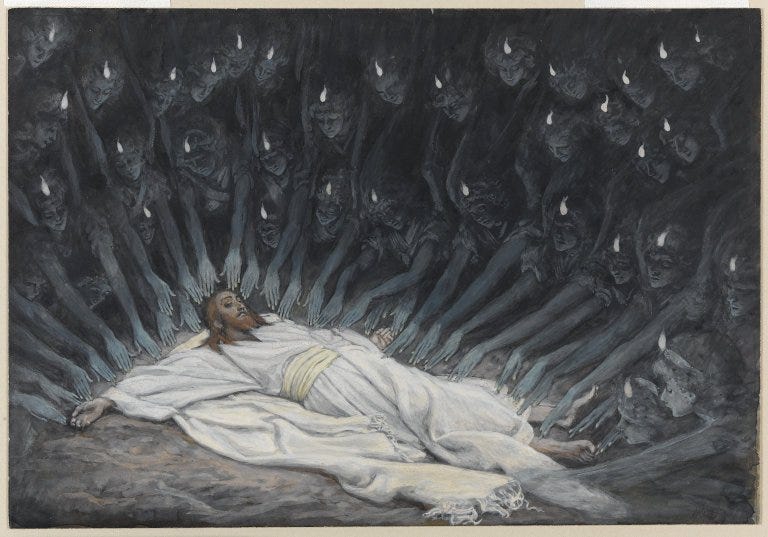Who Holds the Burden of Proof: Religion or Science?
Written on
The Burden of Proof in the God Debate
The question of who bears the burden of proof—religion or science—regarding the existence of God is a contentious topic. This discussion focuses on which party is responsible for substantiating their claims.
The video features Tracie Harris and Jen Peeples from the Atheist Experience, discussing the nature of evidence in atheism versus belief in God. During the episode, a caller named Cesar from Queens, NY, attempts to provide evidence for God's existence but fails to do so effectively. The hosts, equipped with substantial evidence for atheism, assert that unproven claims, such as Cesar's assertion of God's existence, should not be accepted without supporting evidence.
The conversation also references the landmark case of Dover vs. Kitzmiller, where the legality of teaching intelligent design alongside evolution in schools was challenged. The court concluded that intelligent design is a religious viewpoint rather than a scientific one, thus barring its inclusion in educational curricula.

According to U.S. District Judge John E. Jones III, intelligent design does not qualify as a scientific theory. As such, it should not be part of the public school curriculum. If someone makes a claim without evidence—like Cesar asserting that God exists—it is scientifically valid to reject that claim.
Understanding the Scientific Method
To provide a clear framework for theists who wish to substantiate their belief in God's existence, it's important to outline the scientific method. This method is a systematic process for experimentation that seeks to explore observations and answer questions.
A comprehensive resource on the scientific method details the following six steps:
- Formulating a question based on observations.
- Conducting background research on the topic.
- Developing a hypothesis.
- Designing an experiment to test the hypothesis.
- Analyzing data and drawing conclusions.
- Communicating the findings to others.
With these steps in mind, the initial inquiry for those wishing to prove God's existence could be: "How did the universe come to be so complex?" This question represents the first step in the scientific method. The second step requires a deep dive into various scientific disciplines such as astronomy, cosmology, and physics.
Many individuals who hold religious beliefs often skip over this investigative phase and simply accept the existence of God. However, to strengthen their case, it is vital to progress to the next step: proposing a hypothesis that God created the universe.
The subsequent step involves designing an experiment to test this hypothesis—a task that has yet to be accomplished. This experiment would be essential for establishing intelligent design as a scientifically valid theory. Until such evidence is produced, concepts like intelligent design cannot be legitimately taught in schools alongside established scientific theories.
Establishing Credibility Through Testing
Before intelligent design can be considered credible for educational purposes, proponents must first provide evidence for the existence of God. Merely claiming God's existence is insufficient. To validate their assertions, theists must:
- Test the hypothesis "God Exists" through peer-reviewed scientific studies to gain confirmation.
- Test the hypothesis "God Designed the Universe" through similar rigorous studies.
These steps are crucial in maintaining the integrity of scientific inquiry. The scientific community necessitates these processes to prevent unfounded claims from being accepted without scrutiny.
For instance, if someone were to make outlandish assertions—like claiming that they could create a particle accelerator with a clap or teleport people—these would need to be rigorously tested and verified before being accepted as truth. Unverified religious claims, such as the virgin birth of Jesus or the resurrection of Lazarus, similarly face scrutiny due to their lack of substantiation.
In summary, the responsibility to provide proof lies with those making extraordinary claims.
The second video explores the concept of "Russell's Teapot," which illustrates the burden of proof in religious beliefs. The discussion highlights the need for credible evidence in any claim, especially those that challenge established scientific understanding.
In conclusion, the burden of proof rests on the shoulders of those making significant claims, whether they pertain to science or religion. This principle ensures that all assertions are subjected to critical examination and rigorous testing.